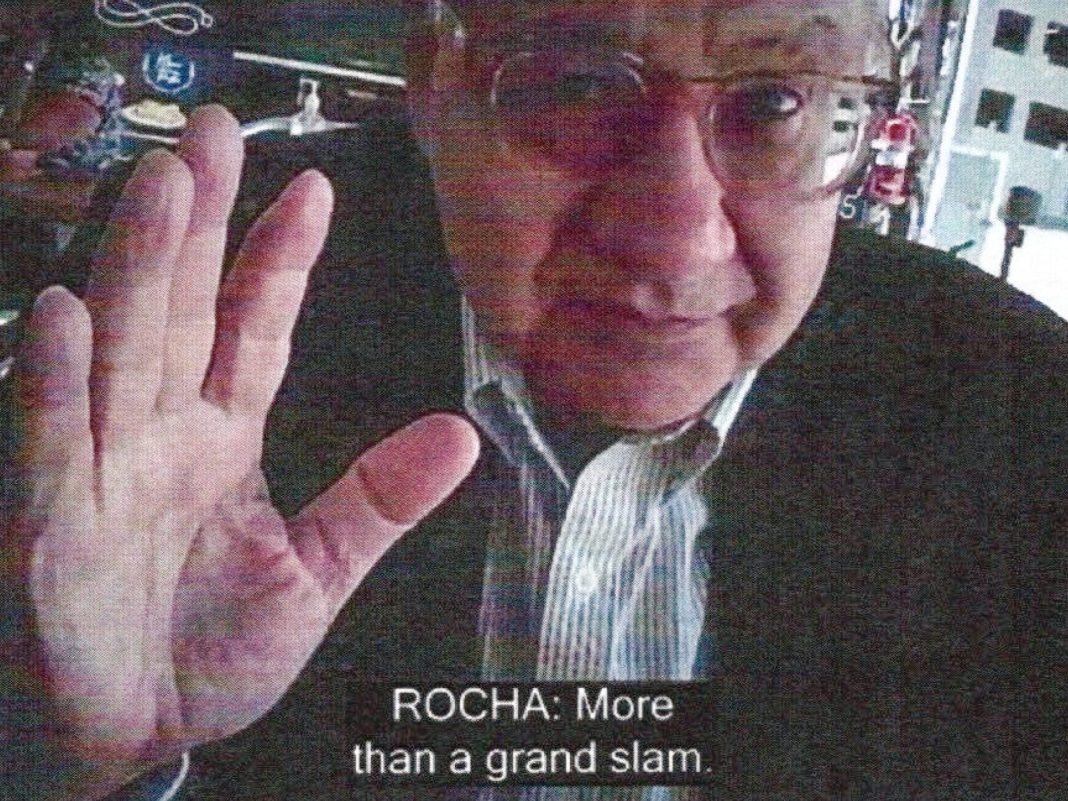Manuel Rocha, a former career United States diplomat, told a federal judge on Thursday that he will plead guilty to charges of working as a spy for communist Cuba for decades.
Here is more about Rocha and one of the more brazen betrayals in the history of the US foreign service, according to case prosecutors.
Who is Manuel Rocha?
Rocha, 73, began his career at the US State Department as a desk officer handling relations with Honduras in 1981. He also worked at the US embassy in the Dominican Republic and the US consulate general in Italy.
He served on the White House’s National Security Council from 1994 to 1995, in President Bill Clinton’s administration.
Rocha was sworn in as US ambassador to Bolivia in July 2000, and worked as an adviser to the commander of the US military’s Southern Command from about 2006 to 2012, the Justice Department said when he was charged.
After he retired from government service, Rocha started a career as the president of a Dominican gold mine owned partly by Canada’s Barrick Gold that has been accused of environmental degradation, the Associated Press reported.
What was Rocha accused of?
Rocha was arrested in December 2023 at his Miami home on allegations that he had engaged in “clandestine activity” for Cuba since at least 1981 when he started his career as a US diplomat. He was accused of meeting Cuban intelligence operatives and falsifying information to US government officials about his contacts.
An undercover FBI agent posed as a representative of Cuba’s General Directorate of Intelligence and repeatedly met Rocha in 2022 and 2023. To this agent, Rocha admitted his decades of work for Cuba, according to a court document. The agent called himself “Miguel” and Rocha’s admission was recorded.
Rocha spoke in praise of late Cuban leader Fidel Castro, and bragged about his service for more than 40 years as a Cuban mole in the heart of US foreign policy circles, prosecutors said in court records.
“What we have done … it’s enormous … more than a Grand Slam,” he was quoted as saying.
The lawsuit accuses Rocha of sharing intelligence that emboldened Cuba’s communist leaders to assassinate a chief opponent.
However, what Rocha precisely did to assist Cuba has largely not been revealed by federal authorities yet. The Federal Bureau of Investigation and State Department investigators have been assessing the damage, which could take years.
Did Rocha plead guilty?
In mid-February, Rocha pleaded not guilty.
On Thursday, Rocha was shackled at the hands and ankles when US district court judge Beth Bloom asked if he wished to change his plea to guilty. “I am in agreement,” he said.
In exchange, prosecutors agreed to drop 13 counts including wire fraud and making false statements.
Rocha’s fall from grace could culminate in a long prison sentence after he said he would admit to federal counts of conspiring to act as an agent of a foreign government.
In typical counterintelligence cases, defendants are charged with espionage. However, Rocha was accused of lesser crimes of being a foreign agent which carry maximum terms of between five and 10 years in prison.
The plea deal includes an agreed-upon sentence, case prosecutors and Rocha’s lawyer indicated. However, the details were not disclosed in court on Thursday. Rocha goes back to court on April 12, when he is likely to be sentenced.
News of the plea deal came hours after the widow of a prominent Cuban dissident killed in a mysterious car crash filed a wrongful death lawsuit against the former diplomat.
What’s the state of US-Cuba relations?
Peter Lapp, who oversaw FBI counterintelligence against Cuba between 1998 and 2005, said the fast resolution of the case benefits not only the elderly Rocha but also the government, which stands to learn a lot about Cuba’s penetration of US foreign policy circles.
The US and Cuba have had strained relations for more than 60 years since Castro and his team of armed revolutionaries overthrew a US-backed dictatorship.
The US government tried to remove Castro after this in what was called the Bay of Pigs invasion, and through multiple assassination attempts over the following decades.
In 1962, Cuba allowed the Soviet Union to secretly install nuclear missiles, which were detected by US surveillance. This Cuban Missile Crisis led to 13 days of tension, bringing the US and USSR to the brink of nuclear war.
While former US President Barack Obama took steps to ease tensions with Cuba, former US President Donald Trump reversed several of Obama’s steps, banning Americans from travelling to Cuba and placing business sanctions on the island.
Current US President Joe Biden lifted some of the Trump-era sanctions on Cuba, but many remain in place, strangling the country’s economy.
The United Nations General Assembly has – on more than 30 occasions – passed resolutions with near-unanimity, condemning the US blockade of Cuba. However, any meaningful action by the UN against the blockade requires the approval of the Security Council, where the US has a veto.







